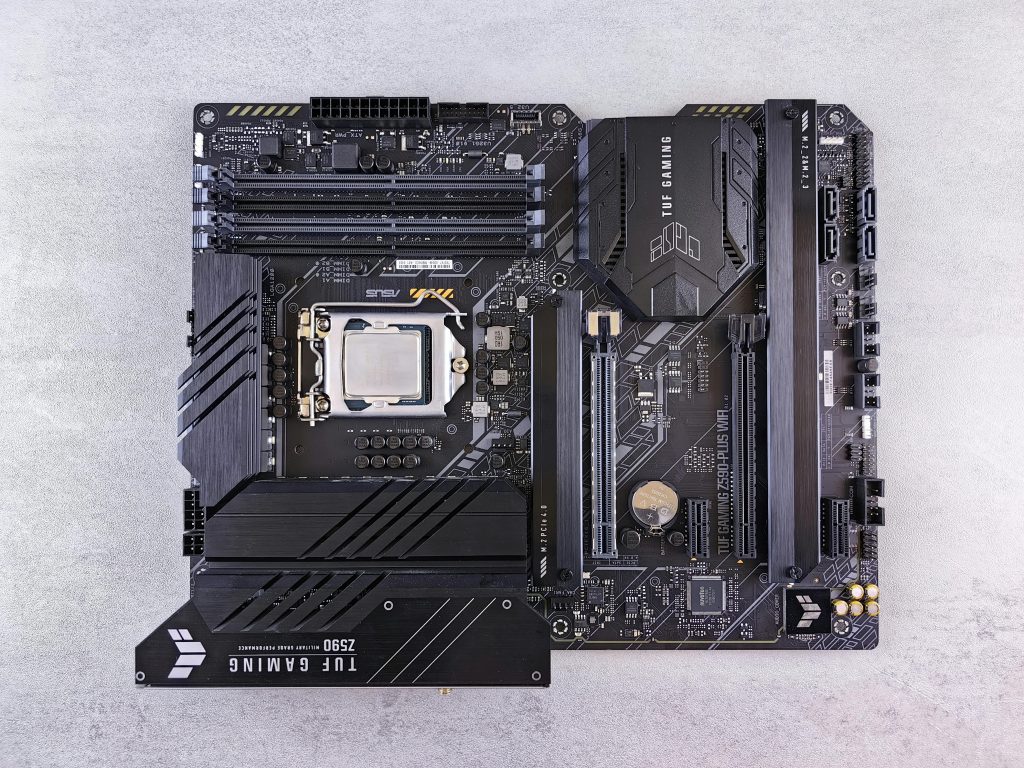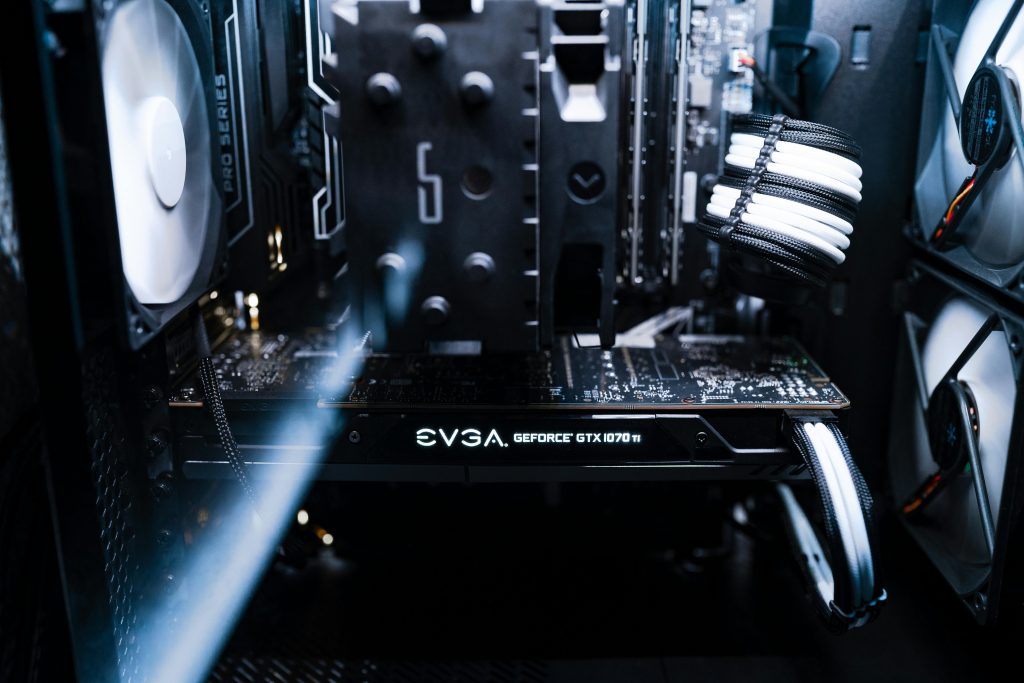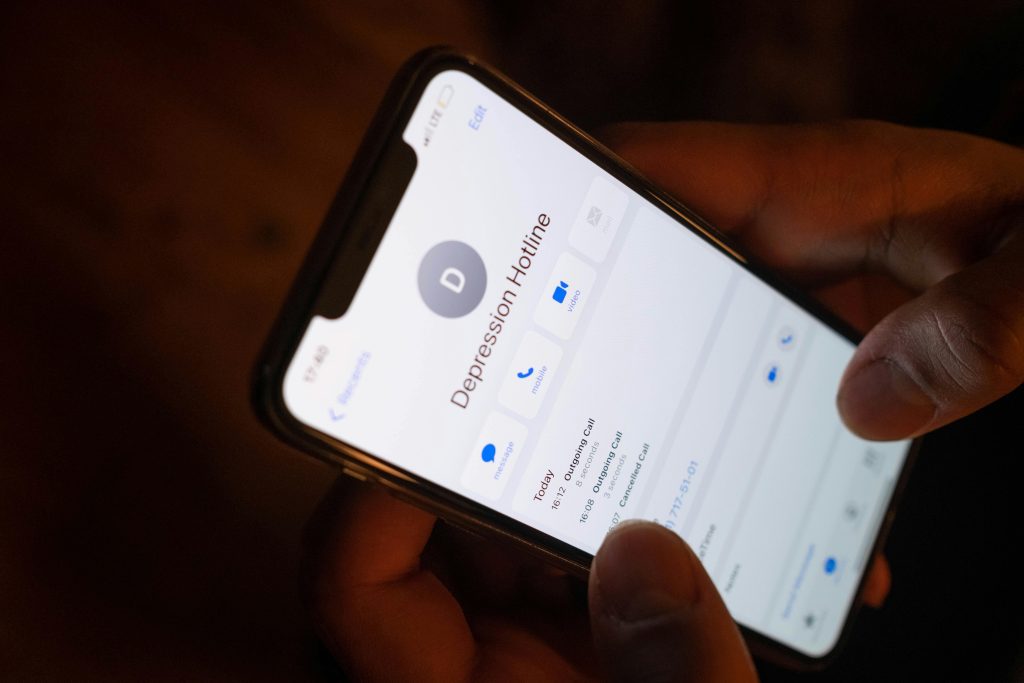Unearthed USB Drive on the Train: A Cautionary Tale
Recently, I stumbled upon a USB drive while traveling in first class on a train, and it left me feeling quite uneasy. The idea that this mysterious device could potentially harbor anything from tracking software to illicit files—or even a virus—is unsettling, to say the least.
To satisfy my curiosity and ensure my safety, I am considering examining the drive further to see if it includes any tracking components. I plan to utilize an old laptop for this task, taking precautions to keep it disconnected from any network.
As I’m preparing to delve into this modern-day mystery, I would love to hear from others who may have navigated similar situations. What steps would you suggest I take to safely investigate the contents of this USB drive? Any advice or tips would be greatly appreciated, and I intend to share an update in the comments with my findings.
In the age of digital concerns, it’s essential to exercise caution when encountering unknown devices. Stay safe out there!
Share this content:




Response to Unearthed USB Drive on the Train
First of all, it’s great that you’re approaching this situation with caution! Here are some steps you can take to safely investigate the contents of the USB drive:
Thank you for sharing your experience. When handling an unknown USB drive, especially one found in a public place, it’s crucial to prioritize safety to prevent potential security risks. Here are some recommended steps:
By following these precautions, you can minimize the risk associated with investigating unknown USB drives. Keep updating